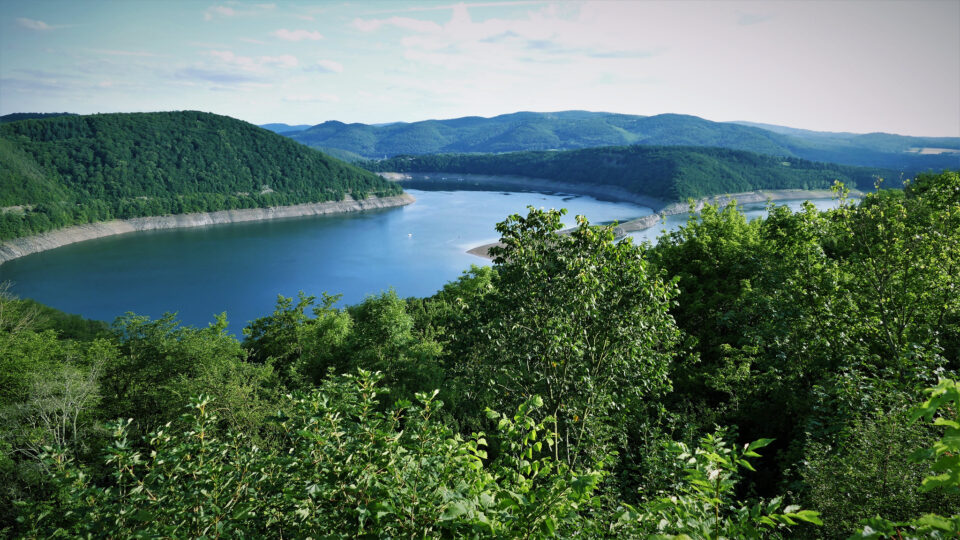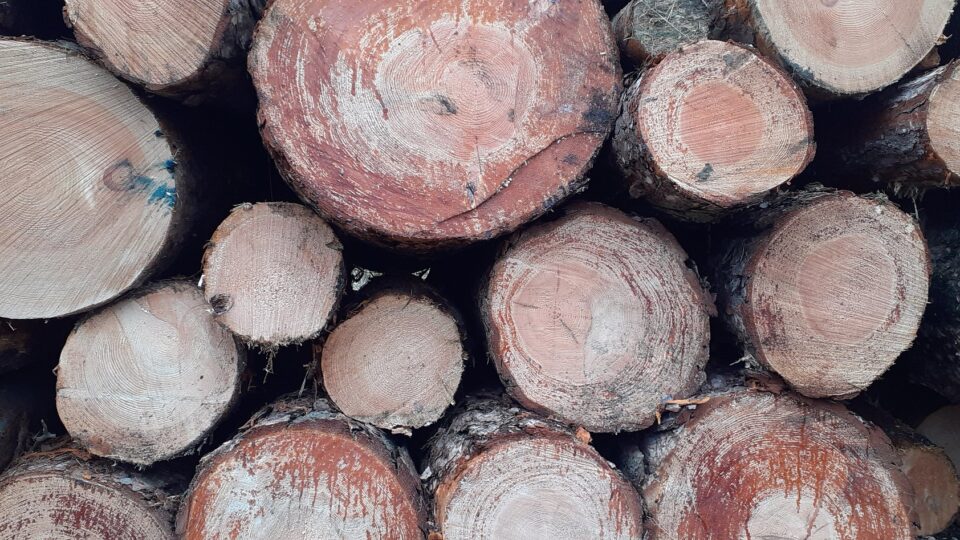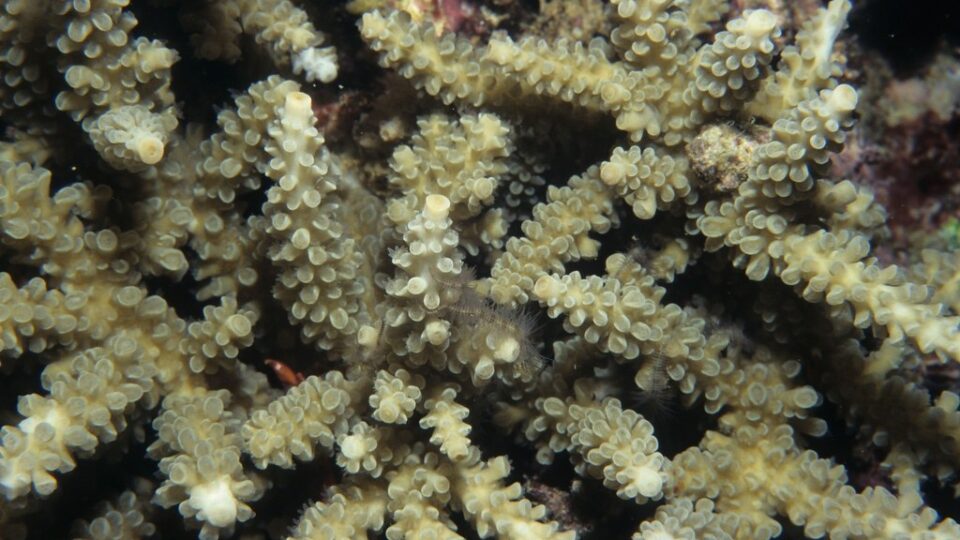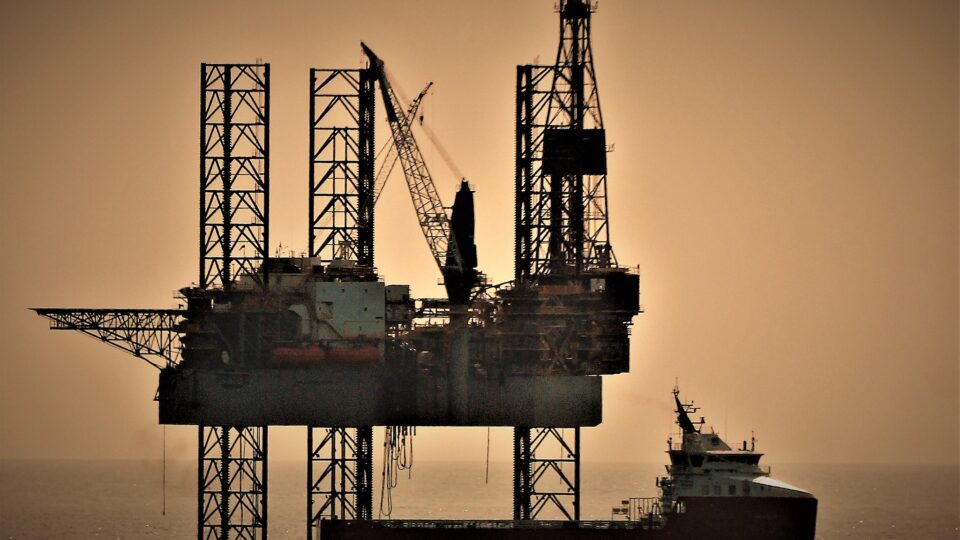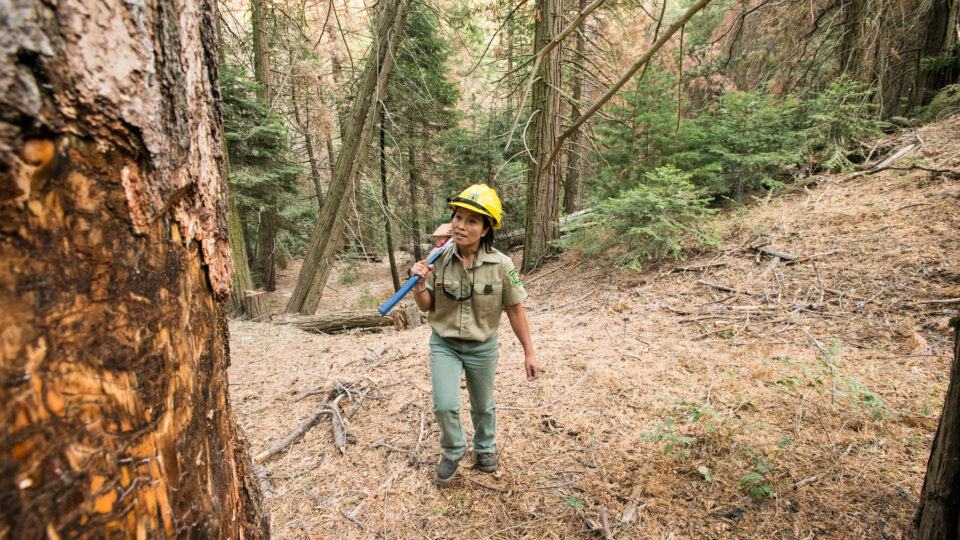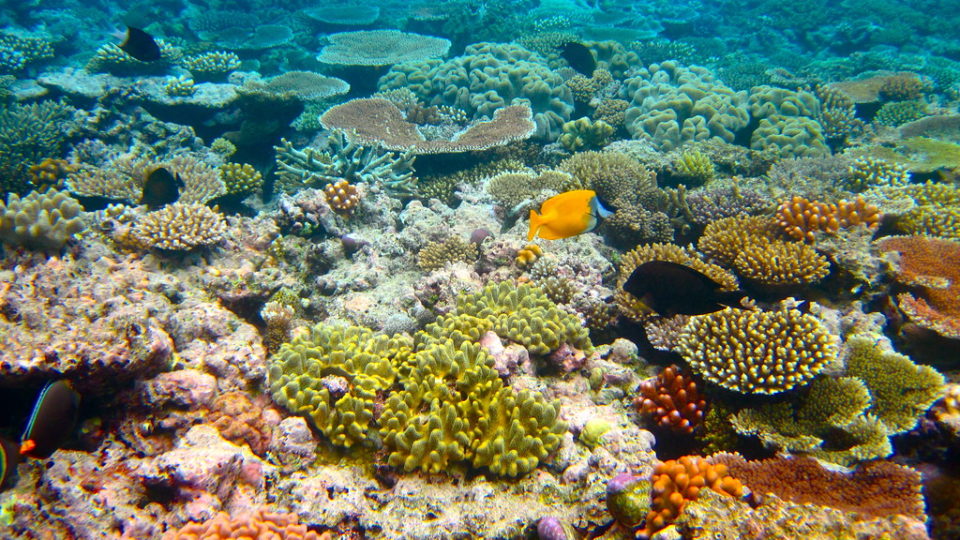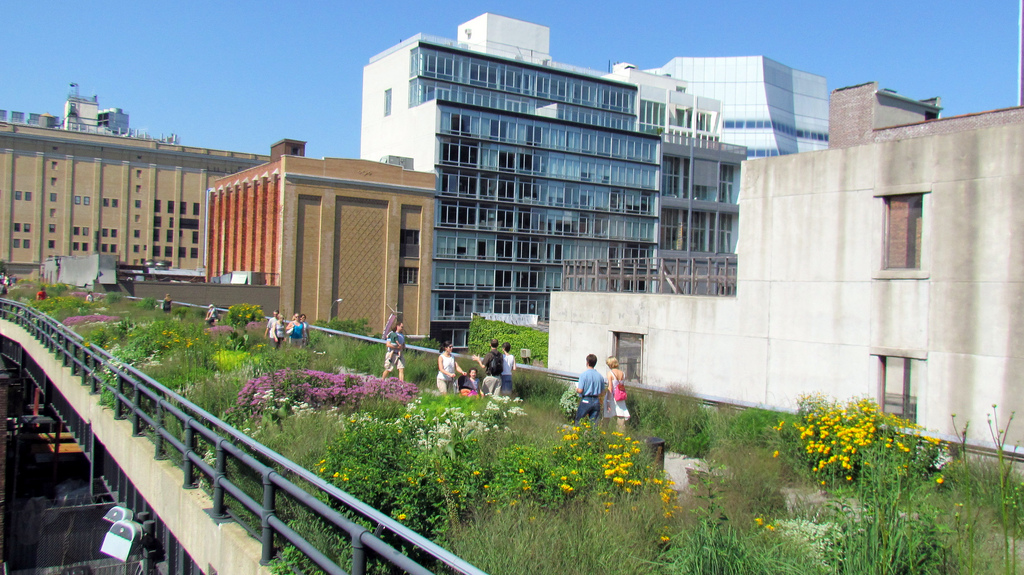The term “controlled environment agriculture” (or CEA) refers to any number of systems embodying a technology-based approach to farming. CEA can range from simple shade structures to greenhouses to full indoor or vertical farms. At the most advanced level, CEA systems are fully automated, closed loop systems with controlled lighting, water, and ventilation. Many systems make use of hydroponics rather than traditional soil.
The goal of CEA systems is to provide optimum growing conditions for crops and prevent disease and pest damage.
A recent study by the University of Surrey in the UK sought to understand the impact of using CEA systems to grow lettuce, which is a high-value crop that is often grown in such systems.
The study found that, on average, CEA methods produce double the crop yields compared to field-based agriculture. They also found that the cultivation time of CEA yields was, on average, 40 days. This compares with an average cultivation time of 60-120 days for field-based agriculture. More specifically, production of lettuce using CEA was 50% faster in the summer and up to 300% faster in the winter.
Climate change presents many difficult challenges to society, not the least of which is its threat to food security. Controlled environment agriculture could allow cultivation of crops in harsh environments and in the face of changing climates. Quantifying the benefits CEA can have on yield and growth provides important information for advancing our understanding of where and when this technology can bring the most value to society.
**********
Web Links
Using artificial methods for growing crops could help solve global food security
Photo, posted February 24, 2013, courtesy of Cindy Kurman / Kurman Photography via Flickr.
Earth Wise is a production of WAMC Northeast Public Radio


